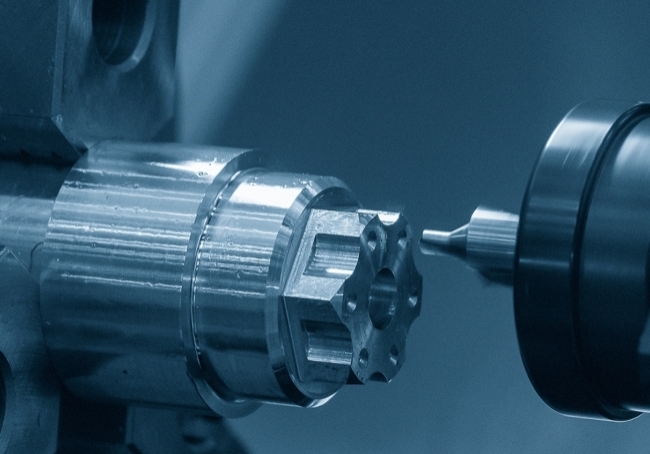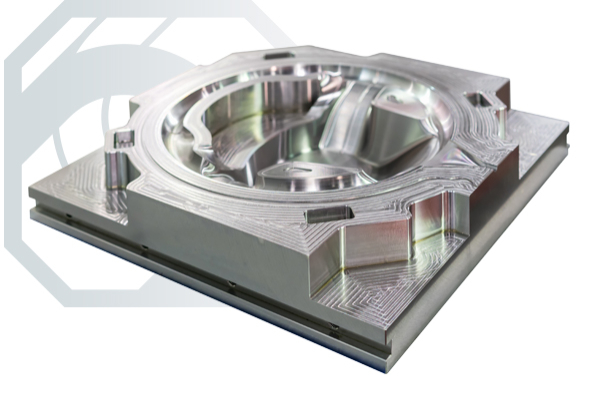Are you considering utilising CNC techniques? If so, then it is crucial that you understand how to properly create designs which will result in your desired parts.
In this article, we will delve into different machine types and the restrictions you need to consider. You'll also find valuable design guidelines that will help you get the most out of our CNC services.
Typical Design Process for CNC Machining
The typical CNC machine design process involves several stages to transform a concept into a final machined part.
- To begin, design requirements are gathered, including the desired dimensions; tolerances, and material specifications. From there, CAD (Computer-Aided Design) software is used to create a 3D model, including the necessary features and geometries.
- Next, the design is analysed for manufacturability, ensuring it can be accurately machined. This step involves checking for potential issues like undercuts, tight corners, or complex geometries which may require special machining techniques.
- Once approved, the CAD model is converted into a CNC program, which instructs the machine’s movements, toolpaths, and cutting parameters.
- The CNC machine will then follow the programmed instructions to create the desired shape.
Once completed, the part will be inspected - we use a FARO arm to do so accurately and quickly. If there are any issues, we adjust the design accordingly.
Machine Types
Every CNC machine comes with its own benefits, restrictions and applications. Ultimately, the type you are using will impact your design process - so before we delve into different design guidelines, let’s get clear on the different types of machines. Here at Link Business, we predominantly use Turning and Milling techniques to produce parts for various requirements and specifications. However, there are over 12 types of CNC machines which you can learn more about here.
Turning
CNC Turning involves a non-rotary tool moving along a rotating workpiece in a spiral path to remove material. Turning lathes are commonly used for complex cylindrical shapes and offer tight tolerances.
Milling
By comparison, Milling involves rotating the tool to remove material from the surface of a stationary workpiece. There are a variety of different types - including for vertical and horizontal use - and they are capable of creating more complex shapes, contours and features; perfect for intricate component requirements.
When considering how best to create a CNC machine design, do consider the capabilities and restrictions of the machine you have selected.
Understanding the Restrictions of CNC Design
Regardless of the machine being used, you must understand the restrictions of your design. A failure to consider this could result in a finished part which is not identical to your CAD model.
Important restrictions include tool geometry and tool access.
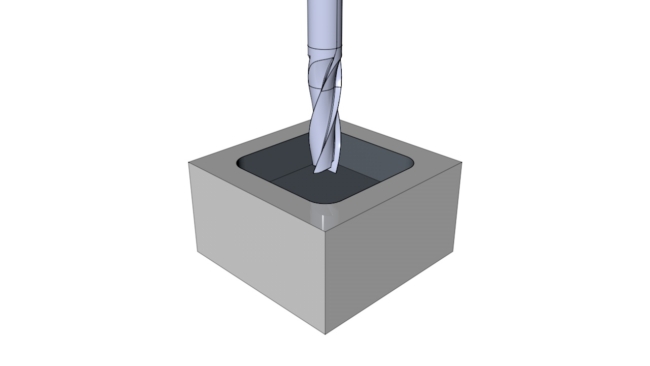
Tool Geometry and its Impact on Design
Tool geometry refers to the shape and size of cutting tools, which can limit the designs you can achieve. Most CNC tools, like mill tools and drills, have a cylindrical shape which affects the geometry of the machined part. It means that a part will have rounded corners and a radius regardless of the tool size used. It’s also worth considering the limited cutting length of a tool, which means it can only reach a certain depth.
These factors, along with others, should impact your CNC machine design and the tools which you select. Here at Link Business, we have a variety of tools to hand which allow us to meet most requirements. If you need help turning your design into a reality, get in touch to find out more.
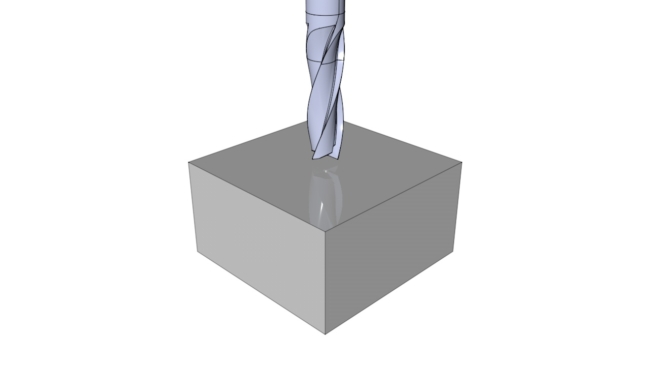
Tool Access and its Influence on Design
Tool access refers to the ability of the cutting tools to reach all areas of the part, which can restrict certain design features.
CNC machining often approaches the workpiece directly from above to remove the material and contingencies need to be made for features of your design which can’t be accessed from this top angle. In these circumstances, special tools could be used to undercut a workpiece and access areas that aren’t accessible.
As an alternative, here at Link Business, we have 2, 3 and 4-axis lathes to hand, which allow us to approach a machine from various angles. This allows us to produce components with complex designs and tight tolerances.
Understanding these restrictions is crucial when designing parts for CNC machining. You need to ensure the necessary tool access is available to create your desired features.
Design Guidelines for CNC Machining
Now that we have a better understanding of important restrictions to consider, let’s dive into some guidelines and best practices to help you design for CNC.
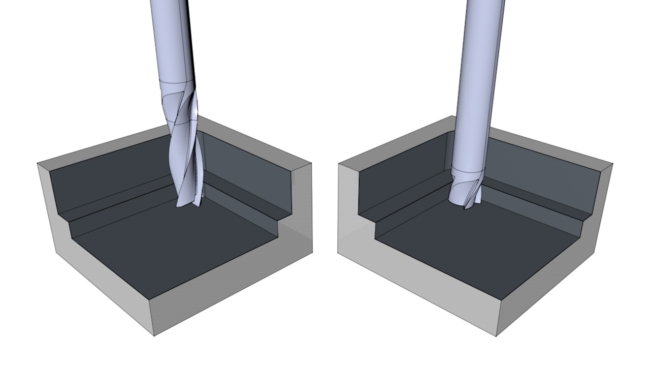
Cavities and Pockets
When creating cavities or pockets, it's essential that you choose a suitable tool which can effectively remove material without causing any damage or excessive wear.
Some milling tools have a limited cutting length (often 3 or 4 times their diameter). If your cavity goes below 6 times the tool's diameter, it’s considered a deep cavity and may require more specialist tooling to achieve.
Overall, machining past a tool's capabilities could damage your part, leaving you at risk of tool deflection; chip evacuation and vibrations. It is typically recommended that cavities not go more than four times deeper than their width.
When designing, it is also important to provide enough clearance for the tool to manoeuvre - to prevent interference, damage or collisions with surrounding materials.
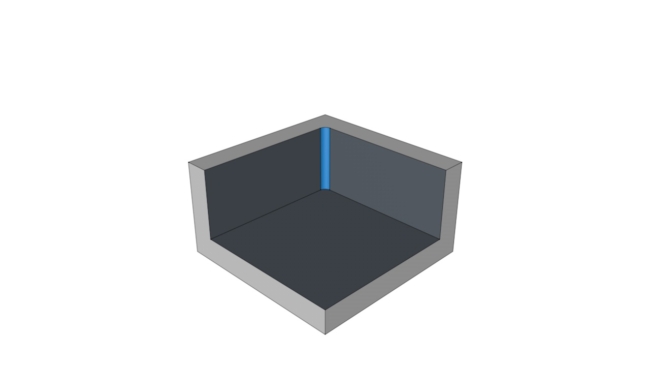
Internal Edges or Corners
Given CNC drill bits are circular, achieving sharp internal corners can be a challenge - as the machine is likely to leave an internal corner radius. Overcoming this is possible, albeit difficult.
Where possible, avoid deep, narrow slots. If you’re unable to, design corners with a radius larger than the cutter. A commonly recommended vertical corner radius is one-third of the cavity depth (or more), which allows the tool to cut along a circular path, rather than a 90-degree angle.
Following these steps ensures you achieve your desired results and should help reduce the risk of tool breakage or surface imperfections.
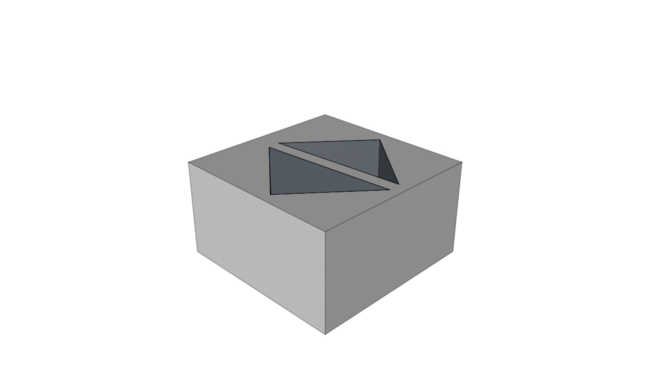
Tight Tolerances
As a standard, we recommend that you avoid excessive use of tight tolerances. In doing so, you’re likely to reduce your manufacturing costs; production times; and risk of part failure, while increasing the range of materials you can work with.
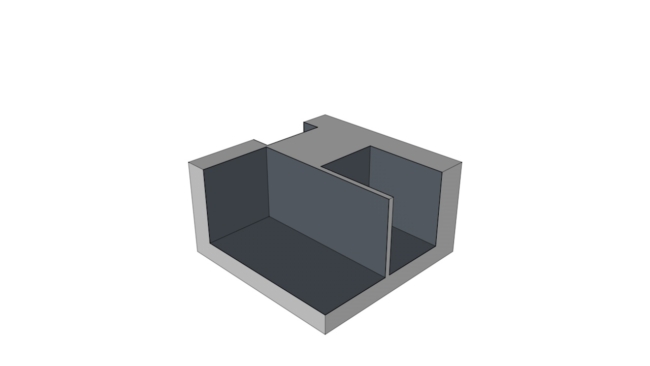
Thin Walls
Your choice of wall thickness could directly impact the manufacturability and functionality of your parts. Thin walls could lead to an increased risk of vibrations, distortion, warping, or even breakage.
Beyond avoiding thin walls, it is also recommended that you avoid abrupt changes in wall thickness, as they can lead to stress concentration and potential structural failures. It may also be worth incorporating features like ribs or gussets to provide additional support and strengthen thin walls when designing your parts.
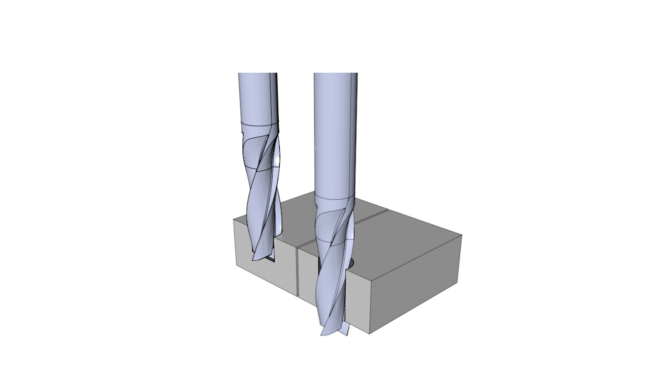
Holes
When adding holes to a part, there are a few things to consider.
Firstly, decide whether you need a through hole or a blind part. This will depend on your part requirements and each type comes with its own benefits and drawbacks. For example, reaming and threading are much easier with through holes - though they can conflict with other functional elements of your part.
Beyond this, we also recommend avoiding partial holes where possible as these are susceptible to tip wander. Alternatively, if you do need a partial hole then this should influence your design.
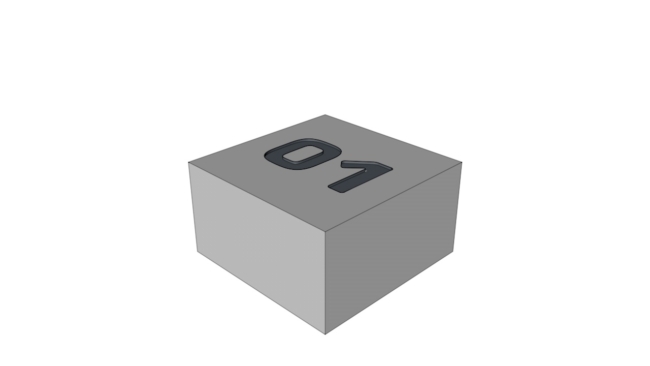
Text
If you’re incorporating text into your design, use a clear and legible font and try and avoid using sizes below 20 points to ensure it is easy for its intended audience to read. Consider spacing - always leave sufficient room to avoid errors or issues during a cut.
Engraving is typically preferred over embossed text, as this removes less material and leaves the structure of the piece intact.
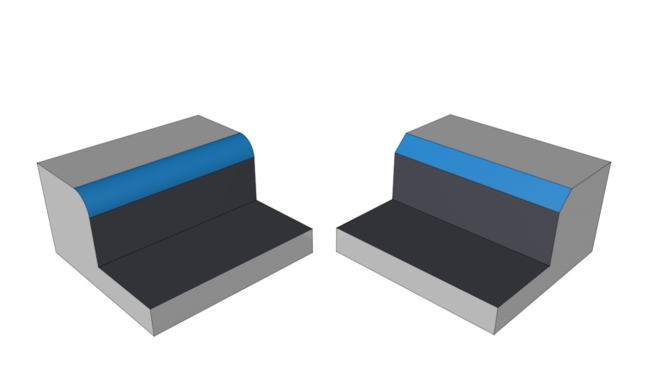
Outside Fillets
A ‘fillet’ refers to the rounding of sharp edges or corners - often on pockets, bosses, and slots. This can require advanced tools and a precise setup, which can increase the cost of your production.
Before including them in your design, it's important to consider the feasibility of using sharp cutters for these fillets. Using dull cutters or an improper setup can result in poor surface finish, dimensional inaccuracies, and increased tool wear.
Your Machine Capabilities
Overall, your design will be influenced by the capabilities of the machine you are using. Things to consider include:
- The number of axes: This will determine its ability to perform complex movements and create intricate designs. Machines with more axes offer greater flexibility and precision. Here at Link Business, we utilise 2, 3 and 4-axis machines, to meet all requirements and dimensions.
- Capacity and capability: The machine you choose must have the capacity and capability to handle the size and complexity of your project. Consider the size of the workpiece and the type of materials you'll be working with.
- Drilling capabilities: Check if the machine's drills can enter and exit easily. This is crucial for efficient and accurate drilling operations.
- Lathe options: If your project involves turning operations, consider machines with different lathe options, such as 2, 3, or 4-axis lathes. These options will provide you with more versatility and the ability to complete a wider range of tasks.
Choosing the right machine for your CNC machine design is essential to ensure successful and efficient production. Consider these factors to make an informed decision that meets your project requirements.
By now, you should have a greater understanding of how to design for CNC Machining.
This design process requires careful planning and consideration. Still unsure or need help? Here at Link Business, we have experience providing quality machined parts to tight tolerances. We can cut almost any design, working with all types of product volumes and materials - including ferrous, non-ferrous and exotic materials. Get in touch today to find out how we can help you.
